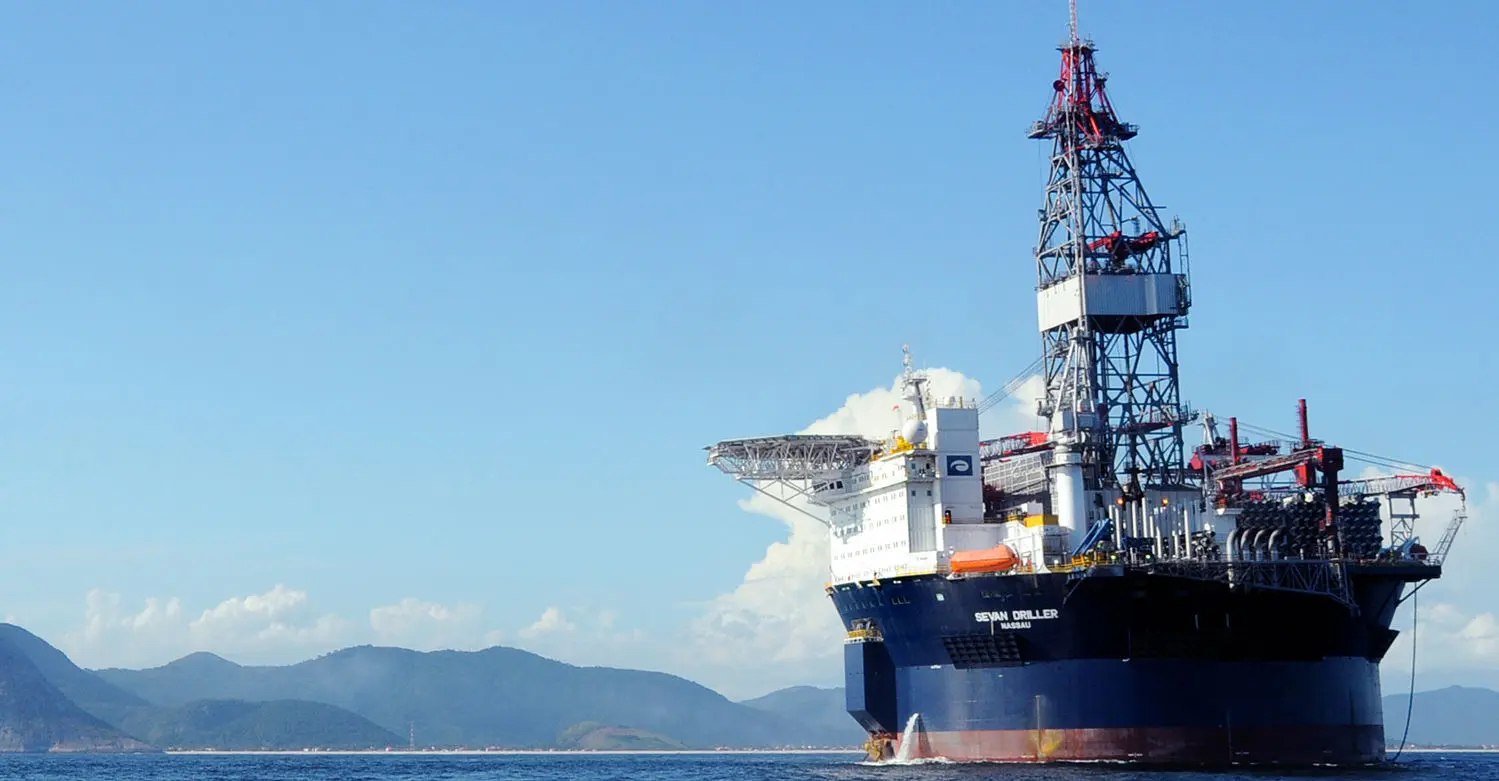An FPSO is a Floating Production, Storage and Offloading unit, and typically comes in the shape of a ship or a platform. A large number of GCE NODE participant are suppliers to FPSOs.
“I regularly meet other GCE NODE companies at FPSO events, but we are rarely there as competitors. Thus, it seems only natural to share contacts and experiences to better succeed in the FPSO market,” says Kjetil Kleven, CEO of Firenor.
THE IDEA OF A FORUM
Together with Maritime Protection, he pitched the idea of a GCE NODE FPSO forum, parallel to other GCE NODE initiatives to promote and coordinate the efforts of cluster participants. On Wednesday, GCE NODE called a meeting to gauge interest.
“I think we were all surprised by the turnout. Moving forward, we will definitely make FPSO a regular feature on the GCE NODE agenda,” says Bjørn Saltermark, Project Manager at GCE NODE.
The next FPSO forum is already scheduled as a physical meeting in September.
“Similar forums in other segments have proven to be both valuable and lucrative for forum participants,” says Saltermark.
HUGE AND TRANSPARENT
During the digital meeting, Norwegian Energy Partner (NORWEP) advisor Henrik Jorkjen addressed the FPSO market, characterizing it as both huge and transparent.
“Right now, the global FPSO pipeline consists of 63 units. There is, however, capacity to build only 8 to 10 FPSOs every year. We expect building of FPSOs to be a steady business in years to come,” said Jorkjen.
23 of the 63 units are ordered from companies in South America (16 alone in Brazil). Another 17 are ordered from West-Africa, 10 from Asia, and 6 from Europe.
“FPSOs are increasingly costly, due to high demand for high-tech, low-emission units. Some are already equipped with Carbon Capture and Storage equipment,” said Jorkjen.
Development of FPSO is typically centered around Houston, Singapore, Norway, Monaco, and the Netherlands. Construction is done in China, Singapore, Dubai, and Korea.



